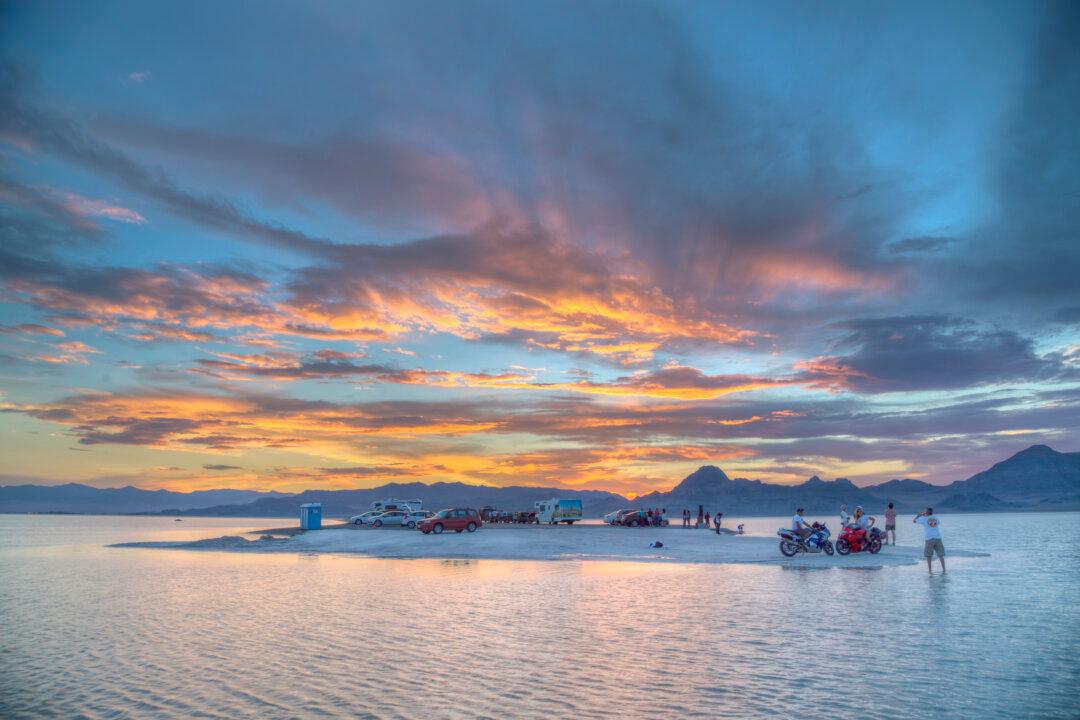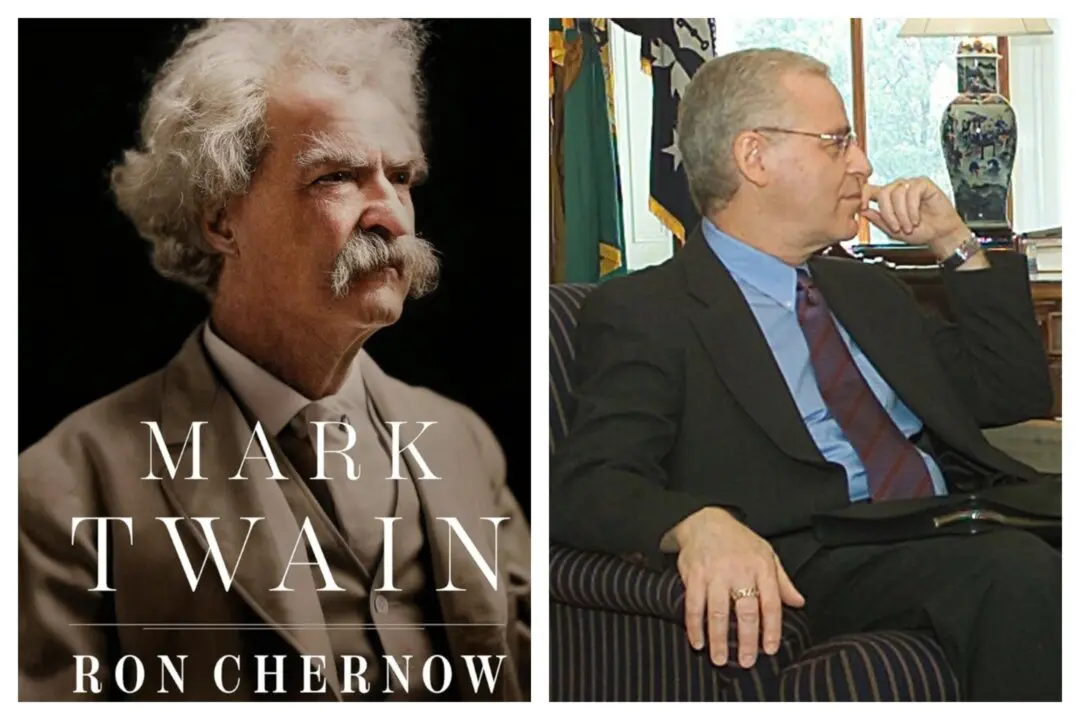During the early 1800s, exploration of the Pacific Northwest was extensive and varied. Fur trappers, such as those who worked for the Pacific Fur Company, were the first to venture through the vast expanse. Trappers sought to establish trading posts, and while doing so, relayed their experiences. Based on these testimonies, the American government wished to establish trails to make it easier for settlers to make their way across the continent. Men and women braved the terrain and weather led by guides, such as Joseph Walker and Joseph Chiles.
Around the turn of the 19th century, the French-born Benjamin Louis Eulalie de Bonneville immigrated to America at the age of 7. He graduated from West Point in 1815, and quickly became a useful explorer and surveyor for the United States Army. In 1832, the Army granted Bonneville a one-year absence to explore the Pacific Northwest, specifically Oregon, Idaho, Montana, and Wyoming. This expedition was financially supported by Alfred Seton, who had been part of the Astor Expedition (named after John Jacob Astor, founder of the Pacific Fur Company). Joining Bonneville were 110 men, one of whom was Joseph Walker.






